Florida’s First Conservation Easement Protecting Grassland of Special Environmental Significance Recorded in Columbia County
With funding support from the Natural Resources Conservation Service, and local and state partners, a 518-acre sandhill grassland ecosystem with over 243 native plant species has been permanently protected by Alachua Conservation Trust and North Florida Land Trust.
Alachua Conservation Trust (ACT), North Florida Land Trust (NFLT) and partners are pleased to announce the finalization of one of the first agreements protecting a Grassland of Special Environmental Significance (GSS) in Florida under the NRCS Agricultural Conservation Easement Program. The 518-acre property is located in western Columbia County within the Ichetucknee Springs Focus Area and the Santa Fe and Suwannee River watersheds.
The property features an exemplary sandhill grassland ecosystem, dominated by an intact old growth diverse groundcover that has been actively managed with prescribed fire by the family for multiple generations. The ecological integrity of the property exists due to long-term stewardship efforts undertaken by the Wilson and Weber families to manage the property for quail. Prescribed fire management has also benefited the more than 243 native plant species present on the property. Numerous native wildlife species including gopher tortoise, eastern meadowlark, and Bachman’s sparrows can also be found on the property.
This important designation as a GSS under the Natural Resources Conservation Service (NRCS) Agricultural Land Easement Program (ALE) honors the late J.Y. Wilson. Mr. Wilson was a former member of the Florida Legislature, served on the UF Foundation as Alumni President, and was a founding trustee of the Lake City Forest Ranger School in 1947. Mr. Wilson continued to serve when the institution became Lake City Community College. Mr. Wilson was a passionate quail hunter and rancher. He managed the property himself and worked with students from the Lake City Forest Ranger School to conduct prescribed burns and promote healthy native plant growth. For the last twenty years, the J.Y. and Olema Wilson Family continued to incorporate agriculture, hunting and conservation to protect the open grasslands. J.Y. and Olema’s three children, Jim (Jock) Wilson, Pattie Dale Tye and Penny Wilson Weber agreed to preserve and protect from development the land their father enjoyed so much.
Multiple partners made the protection of this property possible including NRCS, the US Fish and Wildlife Service, Florida Department of Environmental Protection, Florida Fish and Wildlife Conservation Commission, Suwannee River Water Management District, and Stetson University’s Institute for Water and Environmental Resilience.
“Having partners in conservation like Alachua Conservation Trust and North Florida Land Trust are essential to preserving Florida’s natural spaces,” said Juan Hernandez, NRCS Florida State Conservationist. “This property is one of the first NRCS “Grassland of Special Significance” agricultural land easements in Florida and will protect working lands while preserving critical habitats for native plant and animal species.”
“We were happy to work with Alachua Conservation Trust to identify the NRCS program for the Webers and we thank the River Branch Foundation for providing our part of the capital needed to make this a reality,” said Jim McCarthy, president of NFLT. “This property is a great habitat for wildlife including gopher tortoises, bobwhite quail, and Bachman’s sparrow. It is also a high aquifer recharge area and protecting it protects a vital drinking water source for the citizens of Florida.”
Alachua Conservation Trust will monitor the easement to ensure that the property continues to maintain its agricultural use and conservation value. The easement also ensures that the property remains private, is not developed, and upholds the family’s legacy as landowners.
As development pressure continues to increase across north central Florida, natural lands are disappearing. In addition to serving as habitat for imperiled and threatened species, sandhill grassland ecosystems in this area of the state provide rainwater recharge to the aquifer below and eventually to our springs. The sandy soils also improve water quality by acting as a filter to reduce nutrients to the springs, making protection of sandhills critical to the survival of nearby aquatic ecosystems.
“Conservation of the J.Y. Wilson property is a victory not only for the land, but also for Florida’s waterways,” said Tom Kay, ACT Executive Director. “Conservation of this property provides numerous ecological and economic benefits for springs in this area. Thanks to our partners and the Wilson and Weber families this land will be protected forever for the benefit of future generations.”
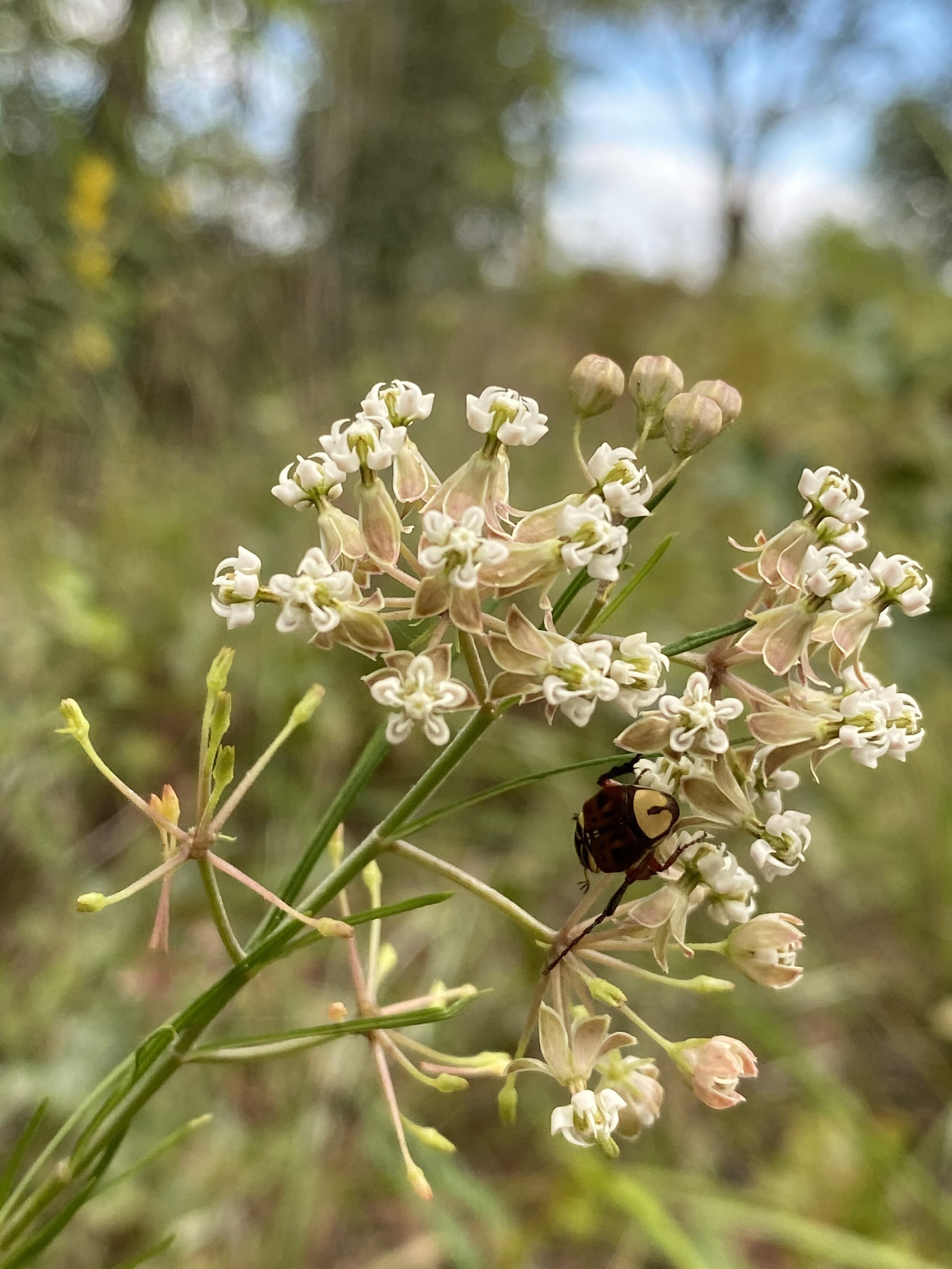
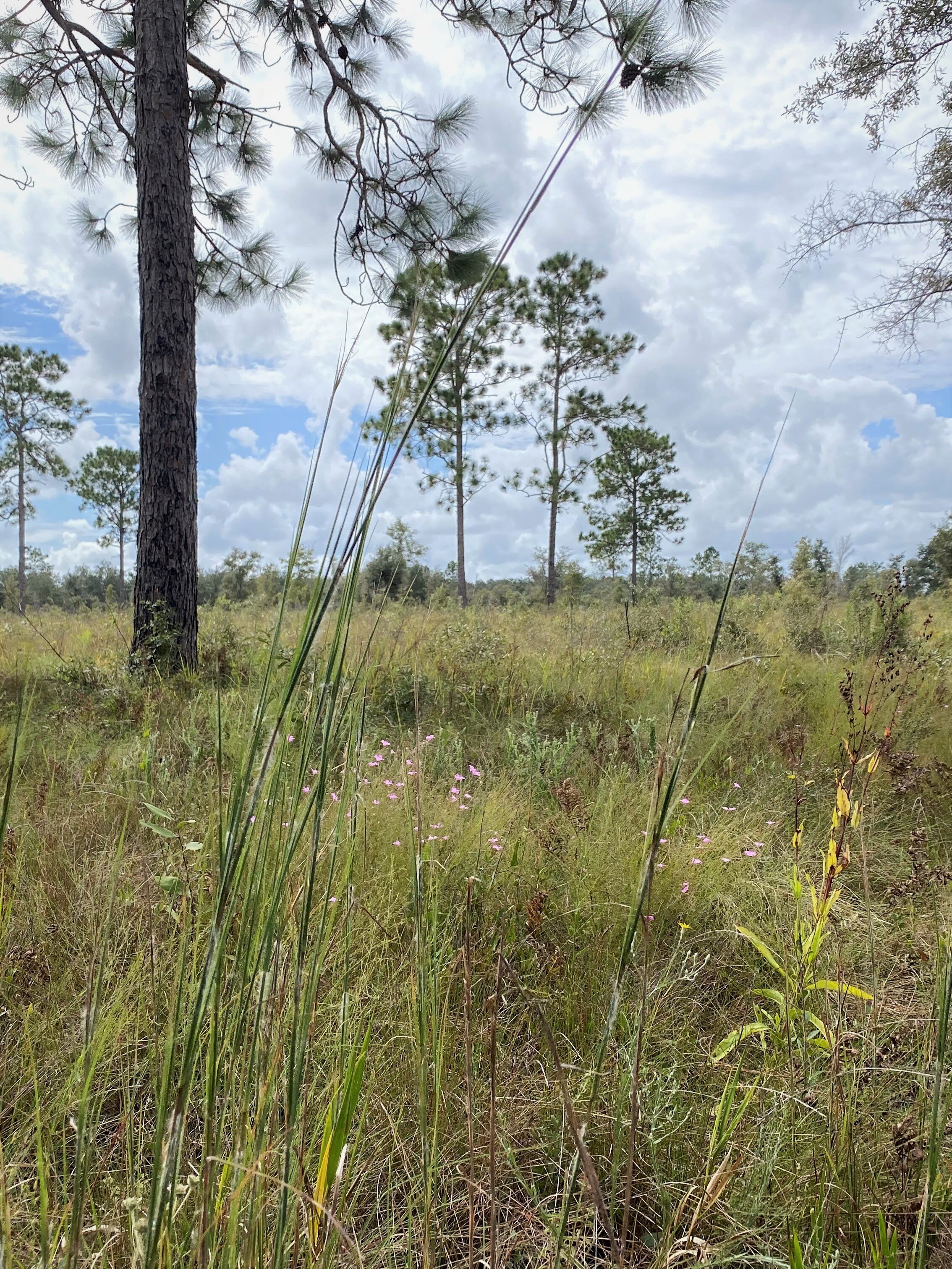




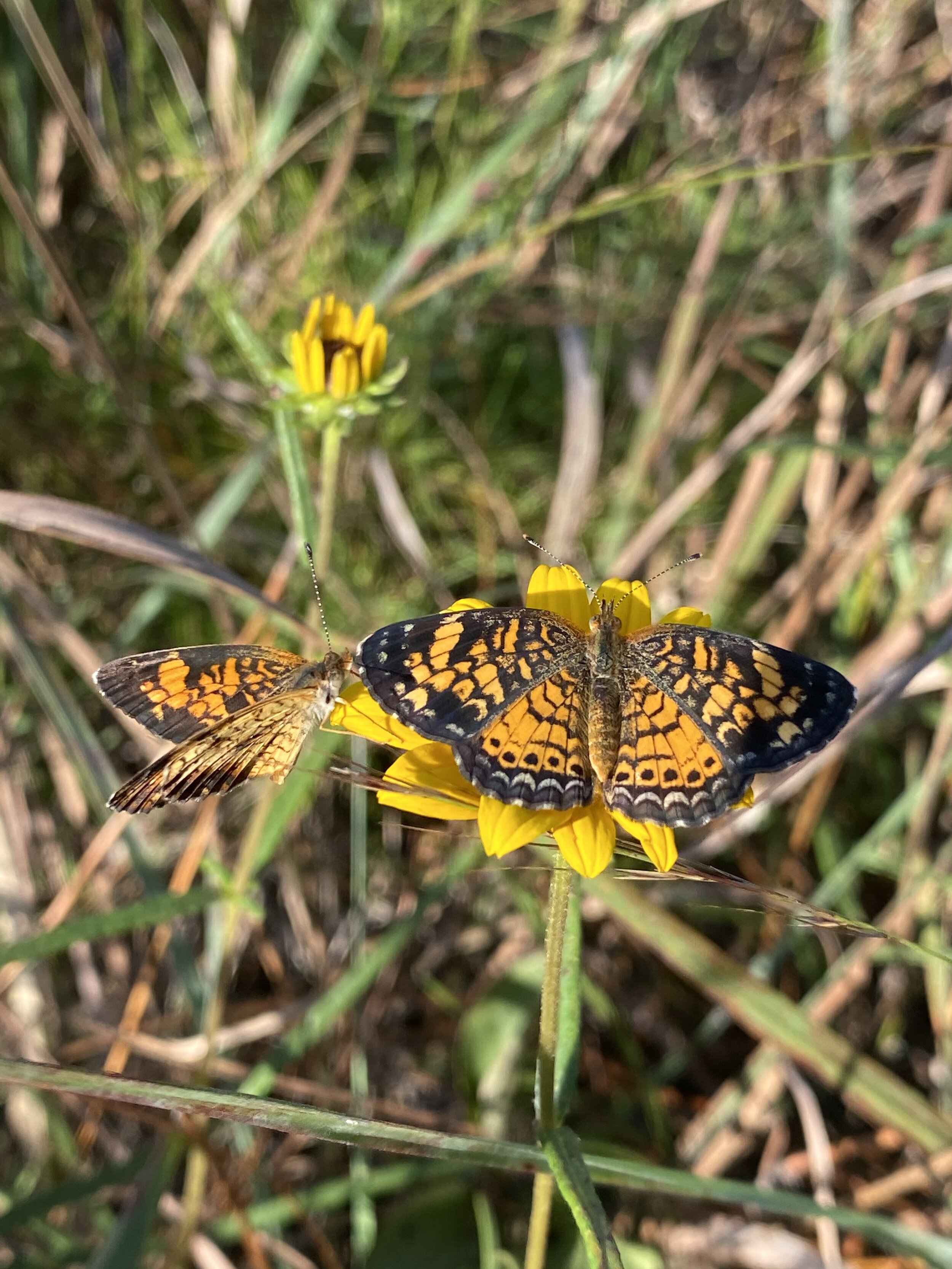
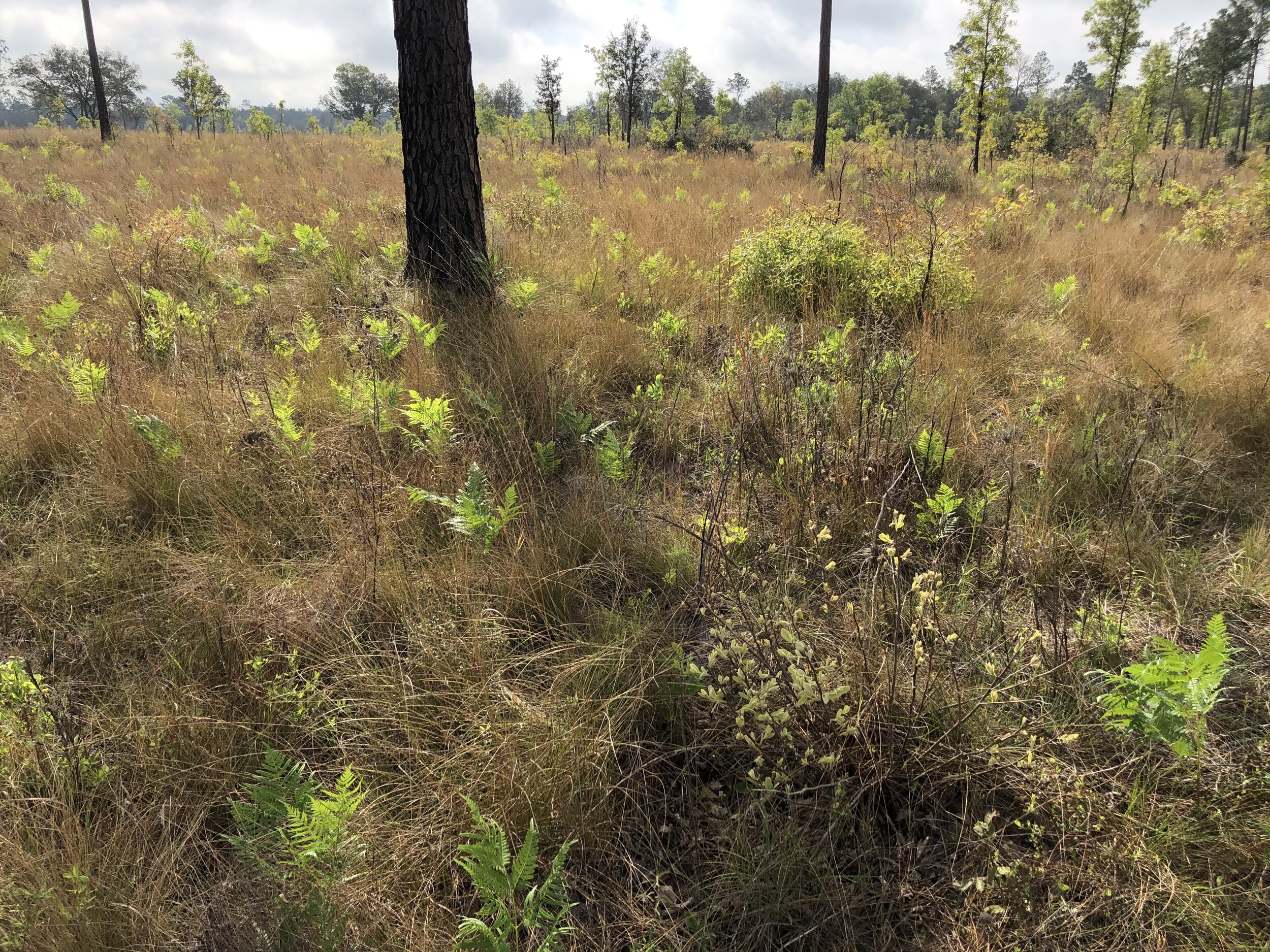
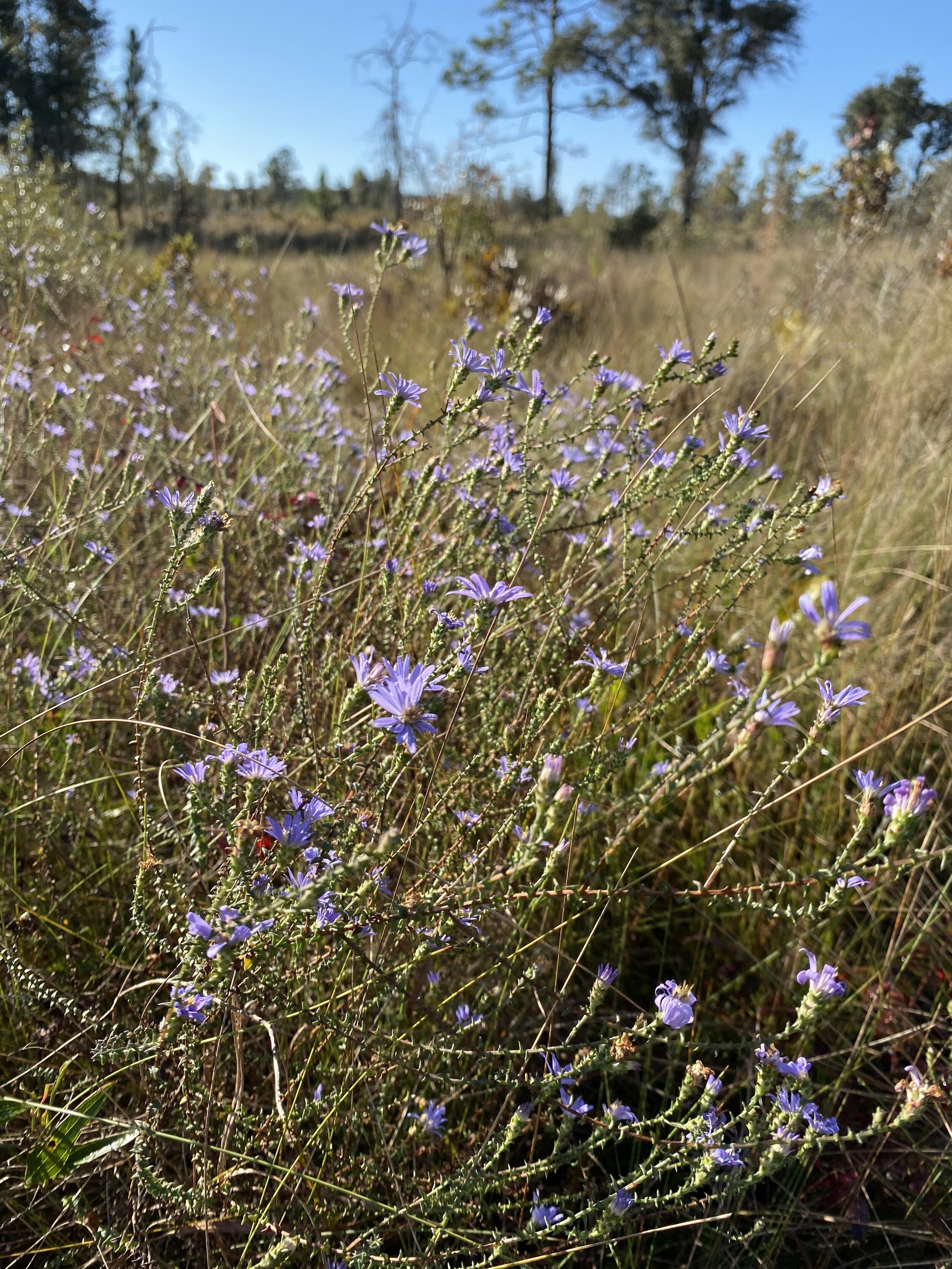
Photos by Grace Howell.





